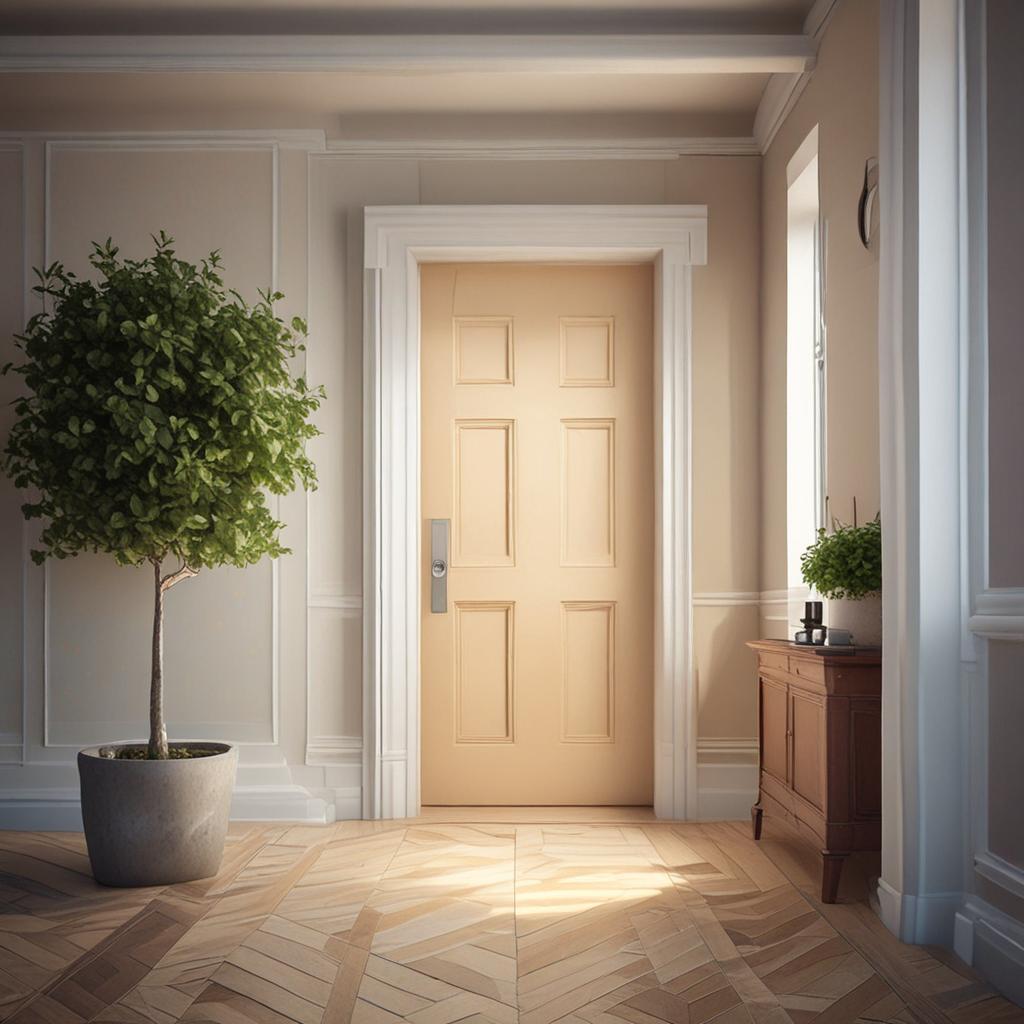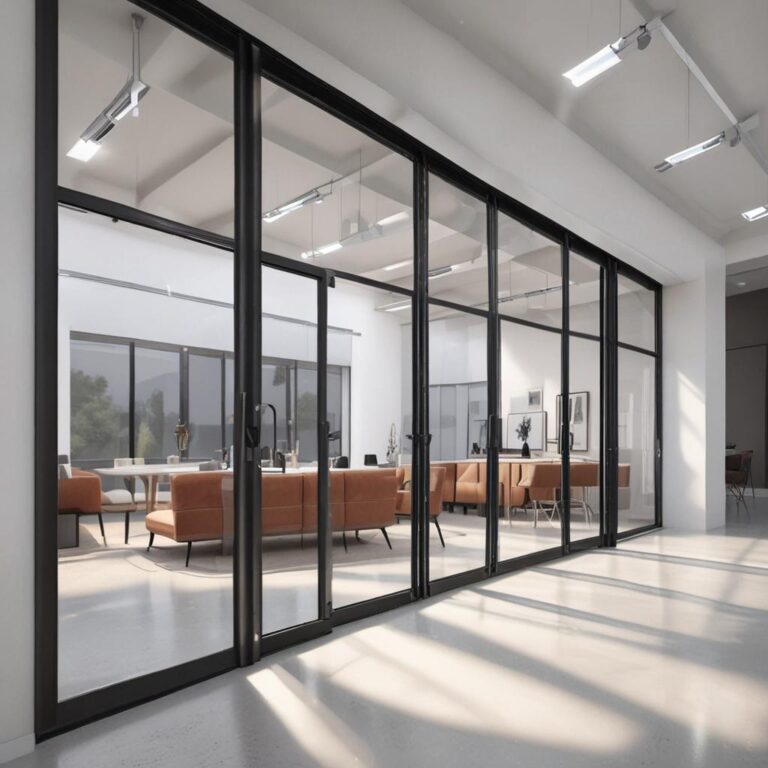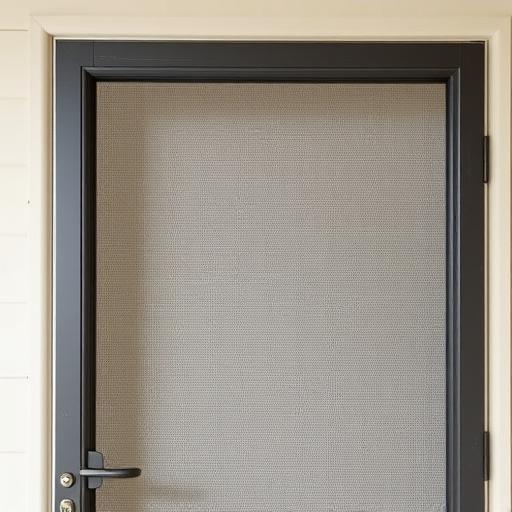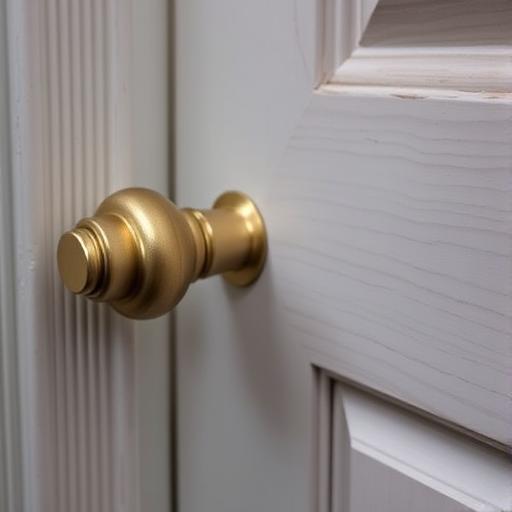How to Soundproof a Door
Have you ever opened your door to a noisy hallway or tried to concentrate in a home office while the rest of the house buzzes with activity? Soundproofing a door is essential for creating a peaceful, private environment. Whether you’re setting up a bedroom, studio, or workspace, reducing noise leakage can improve your quality of life. From simple fixes to advanced techniques, this guide will walk you through practical steps to make your door a sound barrier.
Understanding the Basics of Soundproofing
What is Soundproofing?
Soundproofing is the process of minimizing sound transmission between spaces. Unlike sound absorption, which dampens echoes within a room, soundproofing focuses on blocking external or internal noise. It’s ideal for preventing unwanted sounds from entering or leaving a room, such as traffic, TV, or conversations.
How Sound Travels Through Doors
Sound waves can pass through unsealed gaps, thin materials, or even vibrate through the door frame. Common entry points include the bottom gap, hinges, and door frame joints. Hollow-core doors are especially vulnerable due to their lightweight construction, while solid-core doors offer better natural resistance.
Assessing Your Door for Soundproofing
Identifying Problem Areas
Begin by checking your door for visible gaps, cracks, or loose components. Shine a flashlight against a closed door to spot light (and sound) leaks. Hollow-core doors often require more interventions than solid-core doors, which are denser and less permeable to noise.
Measuring Noise Levels
Use a sound level meter app, such as Decibel Meter or Noise Monitor, to quantify noise intrusion. Take readings before and after each soundproofing step to track progress and determine if further measures are needed.
Methods to Soundproof a Door
Sealing Gaps and Cracks
Weatherstripping and door sweeps are cost-effective solutions for sealing gaps. Apply self-adhesive strips along the door’s edges and install a sweep at the bottom to block sound from crawling through. A solid threshold can also replace uneven door frames for a tighter seal.
Upgrading the Door
Replacing a hollow-core door with a solid-core or dedicated soundproof door provides long-term noise reduction. For added effectiveness, install mass-loaded vinyl (MLV) between the door and frame or reinforce the door with soundproofing panels.
Adding Soundproofing Materials
Acoustic foam panels, heavy soundproof curtains, or blankets can be attached using adhesive or Velcro. Focus on covering the door’s surface and edges for maximum impact. These materials absorb sound and prevent it from bouncing back into the room.

Installing a Door Sweep or Draft Stopper
Door sweeps fit along the door’s base to block gaps, while draft stoppers offer a flexible, weighted solution. Both minimize low-frequency noise and drafts, making them ideal for budget-friendly improvements.
Using Door Seals and Gaskets
Door seals and gaskets fit into the frame to create a tighter closure. Magnetic gaskets are particularly useful for automatic doors, and foamed rubber seals adapt to uneven surfaces. These additions prevent sound from escaping through the top, sides, or hinges.
Advanced Soundproofing Techniques
Building a Soundproof Door
For a DIY approach, construct a soundproof door using multiple layers of drywall, MLV, and acoustic caulk. Add mass by inserting a layer of dense insulation or sealing with green glue between panels to dampen vibrations and noise transfer.
Installing a Second Door
A double-door system, or “airlock,” creates a buffer zone to reduce sound. Hang a second door parallel to the existing one with a gap in between, or add a solid panel to the current door. This technique is often used in studio environments for maximum isolation.
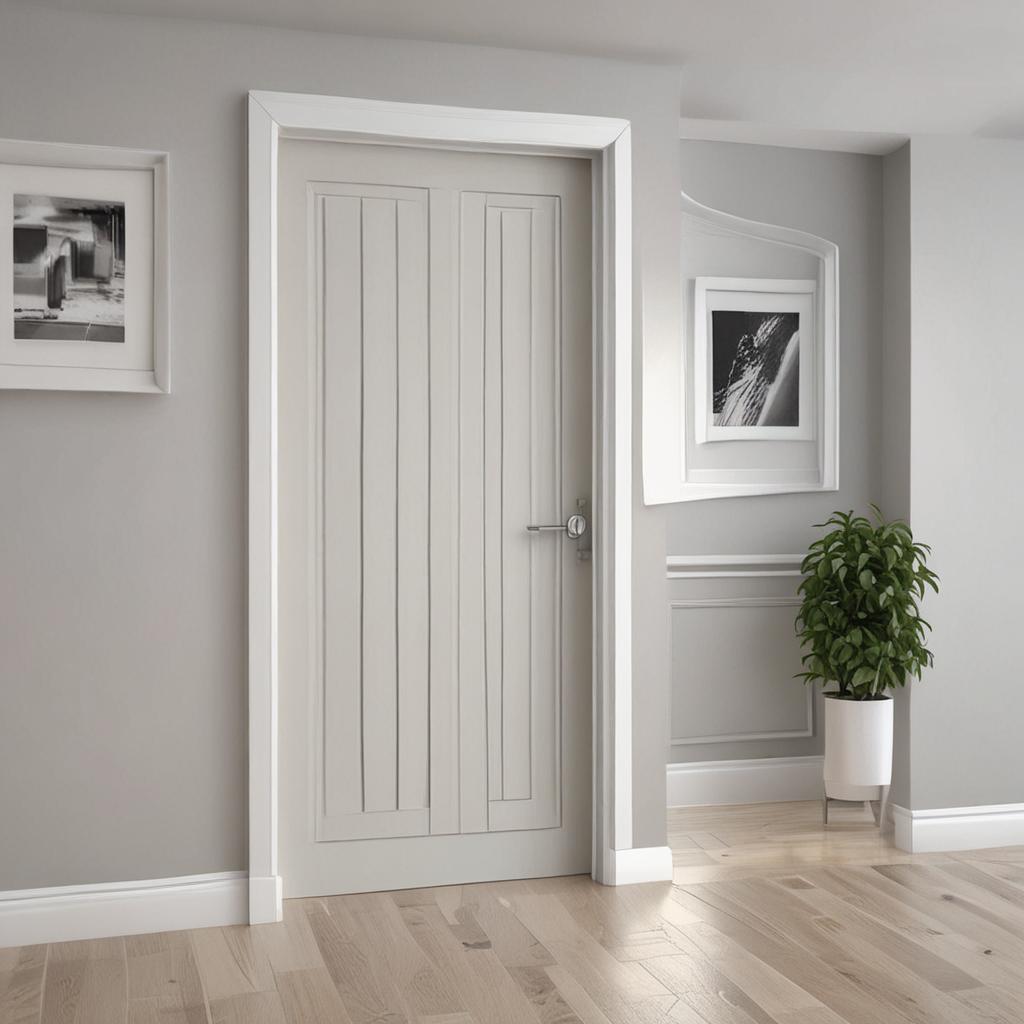
Maintaining a Soundproof Door
Regular Inspections
Check seals, sweeps, and materials every few months for wear. Tighten loose hardware and replace damaged components promptly to maintain effectiveness. Over time, even the best solutions may degrade, especially in high-traffic areas.
Cleaning and Upkeep
Dust acoustic foam or curtains weekly with a soft cloth to preserve their performance. Avoid using harsh chemicals that could break down adhesive seals or damage materials. Proper care extends the lifespan of soundproofing investments.
Cost and DIY vs. Professional Soundproofing
Comparison table for Cost and DIY vs. Professional Soundproofing
Budget-Friendly Options
Achieve noticeable improvements with DIY methods like weatherstripping ($10–$30), door sweeps ($20–$50), or soundproof curtains ($50–$100). These solutions are easy to install and suitable for most home environments.
When to Hire a Professional
For high-noise environments or custom installations, professionals can handle complex upgrades like building a new door or adding acoustic insulation. Expect to pay $200–$500 for labor and materials, depending on the project’s scope and local rates.
Conclusion
Soundproofing a door doesn’t have to be expensive or complicated. By addressing gaps, upgrading materials, and using proven techniques, you can transform a standard door into a noise barrier. Consider your budget and noise level needs to choose the right approach. With minimal effort, you can enjoy a quieter, more private space tailored to your lifestyle.
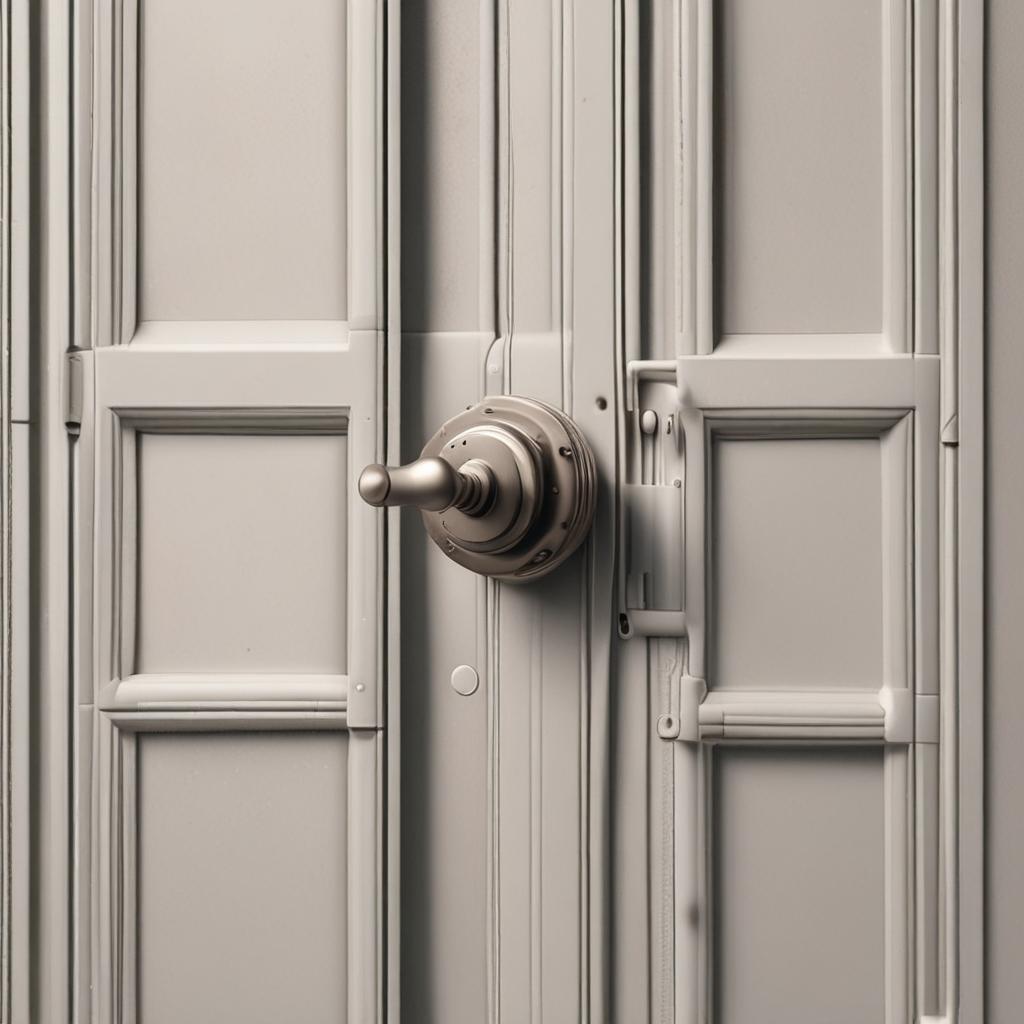
FAQ Section
Q1: Can I soundproof a door without replacing it?
Yes, methods like sealing gaps, adding door sweeps, or attaching soundproofing materials can significantly reduce noise without replacing the door. These solutions are ideal for renters or those on a budget.
Q2: What is the most effective way to soundproof a door?
Replacing a hollow-core door with a solid-core or soundproof door and sealing all gaps around the frame provides the best results. Combine this with MLV or acoustic panels for additional noise reduction.
Q3: How much does it cost to soundproof a door?
Costs vary widely: DIY solutions like weatherstripping or soundproof curtains start at $20, while professional installations can exceed $500, depending on materials and labor.
Q4: Will soundproofing a door block all noise?
Soundproofing reduces most noise effectively but may not eliminate all sound, especially low-frequency vibrations. For complete silence, advanced techniques like double doors or wall modifications may be necessary.
Q5: Can I use a soundproof blanket instead of a door?
A soundproof blanket over a door works as a temporary fix, blocking a surprising amount of noise. While not a permanent replacement, it’s a flexible, affordable option for immediate use.

